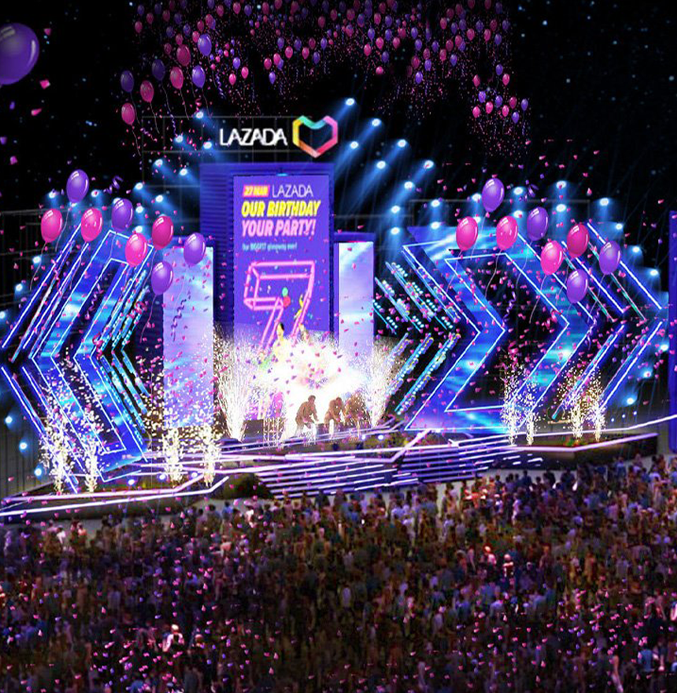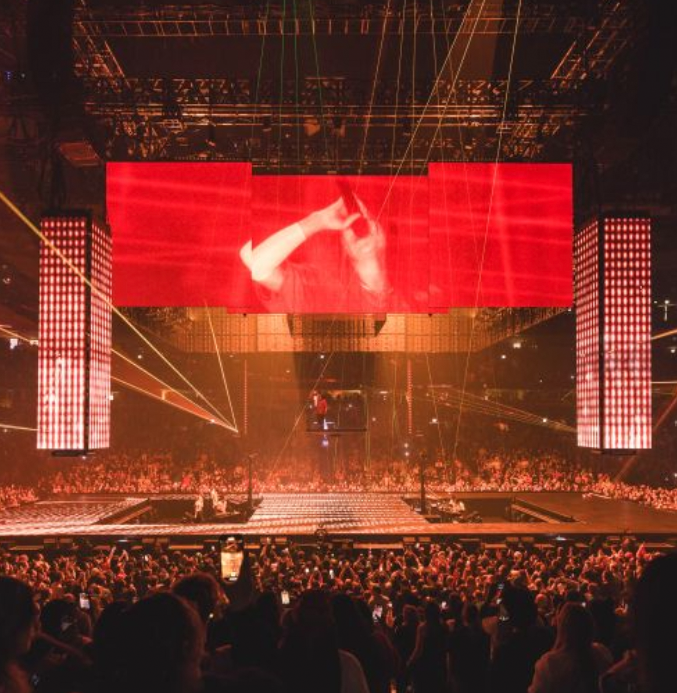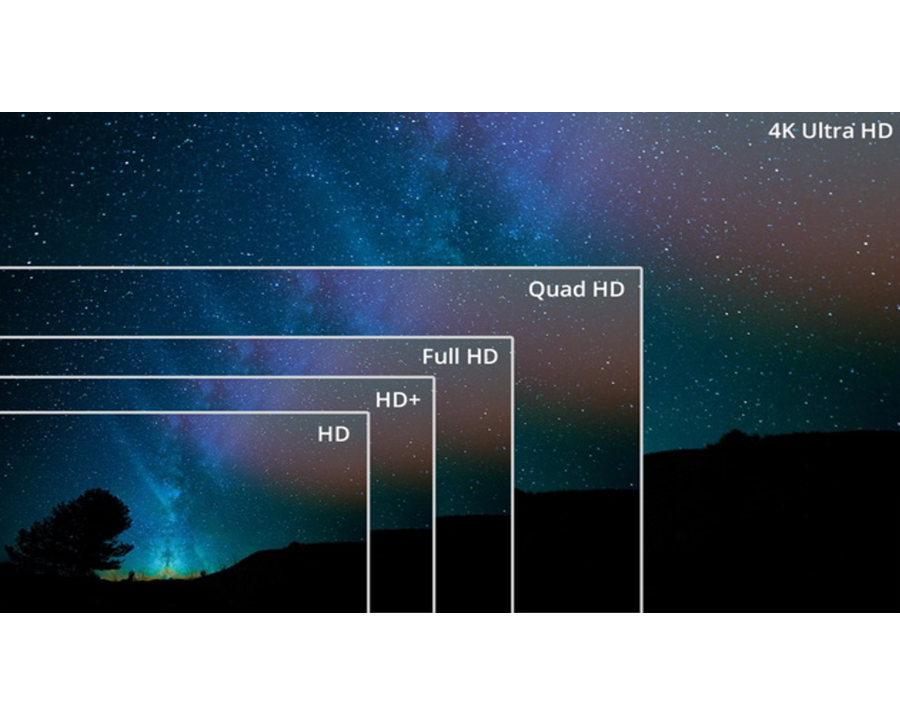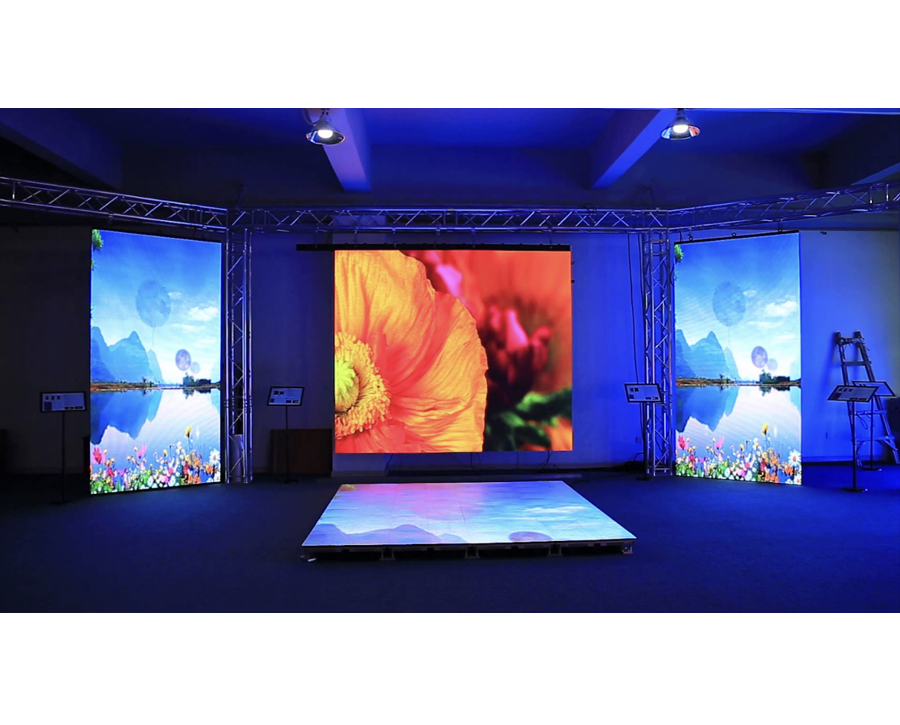
Suppose you need a new TV and go shopping, only to be greeted by terms like FHD and LED. It is important to know about these technologies because they define nearly all spheres of our lives today, from computer games to workplaces and business environments.
What Are FHD and LED screens?
First and foremost, we need to get out of the rough meanings of some of the terms used here.
FHD (Full High Definition):
Full High Definition or FHD is a resolution type of 1080 vertically and 1920 horizontally that is 1920 X 1080 pixels. It is manifested as twice the usual high definition or HD standard of 1280 by 720 pixels. Just based on the abbreviation FHD of this tag, 1080p literally refers to having 1080 horizontal lines of pixels. Thus pictures and images are very clear and of high definition.
It is present in television, laptop, gaming monitor, and mobile phones. It is ideal, therefore, for users who would like to balance sharpness or quality of images, cost, computing capability and battery backup. However, by 2024 FHD will still be one of the specifications that are still in mid-range display sets where consumers are guaranteed relative value for their money.
LED Screens (Light-Emitting Diode):
LED screens, on the other hand, refer not to resolution but to the type of technology that the screen employs. These screens have light-emitting diodes as their main lighting. They provide higher brightness, contrast and energy parameters compared to previous LCD screens.
LED screens are actually LCD screens, but with an LED backlight display instead of using the fluorescent kind. This evolution is improving the display quality which has now become thinner and less power consuming.
Televisions, outdoor electronic displays, and mobile devices such as smartphones, computer displays, etc., use LED technology. Thanks to high brightness and a wide range of bright colors, LED displays are popular for both indoor and outdoor applications.
The Overlap:
FHD specifies a display’s resolution, whereas LED is the type of backlight technology. Interestingly, an FHD screen can also be an LED screen, combining both attributes. For instance an FHD LED TV means that you get Full HD resolution with LED backlights. In most cases, this synergy is rather confusing to the shoppers, making it essential to understand these terms separately.
Why Are These Technologies Relevant in 2024
The rapid pace of technological advancement has pushed screen demands higher than ever.
- FHD: Its affordability and balanced performance make it an enduring choice for budget-conscious users or applications where ultra-high resolution isn’t necessary, like casual streaming or office presentations.
- LED: LED screens dominate in scenarios requiring vivid brightness and energy efficiency. They power everything from home entertainment systems to commercial displays, where consistent performance in varied lighting is crucial.
Key Differences Between FHD and LED Screens
- Resolution: FHD (Full High Definition) defines screen resolution as 1920×1080 pixels. It focuses on image quality. On the other hand, LED screens refer to a type of backlight technology used on the panel, such as LCD or OLED. The same can be said for LED displays. While they might support FHD resolution, they also support other resolutions, such as 4K or 8K, depending on the type.
- Brightness: LEDs are typically brighter because of superior backlight technology; thus, they are used with strong background lighting conditions. FHD does not in any way affect brightness; however, it is beneficial when used in combination with high-brightness LED panels.
- Technology Applied: FHD is chosen to address pixel density and, thus, the definition of images. LED displays are slimmer, lighter and more energy-efficient screens with high contrast ratios. This breakdown presents FHD as the level of resolution quality, while LED technology delivers improvement in the quality of the display screen.
- Energy Efficiency: LED is famous for its energy efficiency, and it uses fewer watts of power than conventional LCD backlighting systems. FHD LEDs offer both brightness and efficiency, two factors that are always welcome among electronic device users.
- Usage Scenarios: FHD screens are best suited for use when the highest clarity is required in certain applications, like photo editing or game playing. LED displays have a variety of applications because of their brightness, durability and flexibility. This ensures that they are applicable in indoor and outdoor applications, such as signs, televisions and monitors.
Advantages of FHD Screens
Display Clarity: FHD screens deliver crystal-clear images with sharp details, enhancing user experiences in media consumption and gaming. Their 1080p resolution ensures optimal viewing, even on moderately large screens, without visible pixelation.
Economic Viability: FHD screens are widely available and cost-effective, offering high-quality visuals at an accessible price point. They are ideal for budget-conscious users who seek a balance between performance and affordability.
Suitable Situations: FHD is well-suited for office environments, educational tools, and personal entertainment, where high resolution enhances productivity and leisure without unnecessary technological complexity. This makes them a standard choice in laptops, monitors, and televisions for everyday use
Advantages of LED Screens
Better Color Contrast: LED technology provides superior color reproduction and contrast ratios. This is particularly evident in advanced LED systems that achieve deeper blacks and brighter whites, making them ideal for vibrant visuals.
Energy Efficiency: LED screens are much more energy efficient than their earlier LCD counterparts. This efficiency is attributed to their accurate and efficient brightness control mechanism, which saves energy and extends the display’s lifespan.
Longevity: LED displays are very reliable, as parts are built to withstand prolonged usage. This increases durability and lowers maintenance costs, making them suitable for both business and domestic use.
FHD vs. LED Screen for Gaming and Entertainment
Image Quality
The FHD offers higher clarity by coming with 1080p resolution, which meets most of the gaming and entertainment applications. However, the use of advanced backlighting on LED screens raises the degree of brightness and contrast.
This capability produces higher-quality images with increased darkness levels and a wider gamut of colors, which is vital in game or movie watching. LED TVs and monitors also embrace high dynamic range (HDR), which results in improved colors and brightness.
Lighting and Ambient Conditions
LED screens excel in various lighting conditions due to their superior brightness levels. This makes them suitable for bright living rooms or gaming setups where ambient light can interfere with screen visibility. In contrast, FHD screens without advanced LED backlighting may struggle in such scenarios, resulting in less vibrant images.
FHD vs. LED Screen for Professional Work
- Graphic Design and Video Editing
FHD screens, while offering decent resolution, may fall short in providing the nuanced color gradients needed for advanced editing.
- Office Work and Productivity
For general office tasks such as document editing, spreadsheets, or video conferencing, FHD screens provide an excellent balance of clarity and affordability. LED screens also shine in this area, offering better energy efficiency for prolonged use and reducing eye strain with features like blue-light filters and flicker-free technology.
- Multitasking and Display Size
Professionals often work with multiple windows or applications simultaneously, necessitating larger screens or higher resolutions. LED displays often support 4K or ultrawide formats, providing more screen real estate. FHD screens, limited to 1080p, might feel cramped in such multitasking scenarios.
- Durability and Longevity
LED screens are generally more durable, with technologies like OLED offering extended lifespans due to their efficient energy consumption and reduced wear on pixels. This longevity makes LED a more sustainable choice for long-term professional use.
- Our Verdict
LED screens are the clear choice for professionals requiring high performance, color accuracy, and multitasking capabilities. FHD screens remain a practical and budget-friendly option for less demanding office work.
Cost Comparison Between FHD and LED Screens
- FHD Screens
FHD is easily accessible in the current market, and mostly the costs are affordable to most customers. Basic FHD monitors can cost around $100. FHD TVs can range from $150 to thousands of dollars based on size and manufacturer. These prices target students, non-hasty users and small business entities that do not need lots of displays.
- LED Screens
LED displays are, in fact, more diverse in terms of price. This diversity depends on the specific type of LED technology used, such as OLED or QLED. LED monitors for entry-level start from $200, but for an OLED TV or high refresh rate gaming monitor, prices over $1000 are not uncommon. The added cost reflects the advanced features and superior performance of LED technology.
- Cost vs. Value
While FHD screens offer excellent value for money, the additional investment in LED displays often translates to better visuals, energy savings, and longevity. Buyers should consider how frequently they use their screens and the importance of features like HDR or high refresh rates when weighing costs.
- Budget Considerations
For buyers with limited budgets, FHD screens provide an affordable gateway to decent display quality. However, those seeking enhanced performance for gaming, professional work, or long-term use may find the upfront cost of LED screens justified by their superior capabilities and durability.
How to Choose Between FHD and LED Screens
Assess Your Needs
- Casual Viewing and Basic Tasks: If your primary needs involve watching videos, browsing, or office work, an FHD screen suffices. Its affordability and clarity are ideal for everyday use.
- Gaming and Creative Work: Gamers and creative professionals should choose LED screens for their enhanced color accuracy, higher refresh rates, and HDR support.
Consider Usage Environment
- Bright Rooms: LED screens perform better in well-lit environments due to their superior brightness.
- Low-Light Settings: Both FHD and LED screens work well, though OLED displays offer better contrast in darker spaces.
Budget vs. Longevity
Evaluate how long you intend to use the screen. While FHD screens are cheaper upfront, LED displays provide better long-term value through energy efficiency and durability.
Screen Size and Resolution
For tasks requiring multitasking or large displays, prioritize LED screens offering higher resolutions like 4K. FHD is best suited for smaller screens where 1080p resolution remains optimal.
Energy Efficiency
For users concerned about energy consumption, LED screens are the greener choice. Their low power usage makes them cost-effective in the long run, especially for heavy usage scenarios.
Future-Proofing
LED screens, particularly those supporting advanced technologies, are more likely to remain relevant as display standards evolve. FHD screens, while reliable, may feel outdated as resolutions like 4K and 8K become the norm.
Conclusion
FHD and LED screens are both good, depending on your needs. FHD has advantages in terms of cost benefits and sharpness and for LED the major advantage is brightness and adaptability. Now comes the choice of the best technology type for certain objects and tasks.
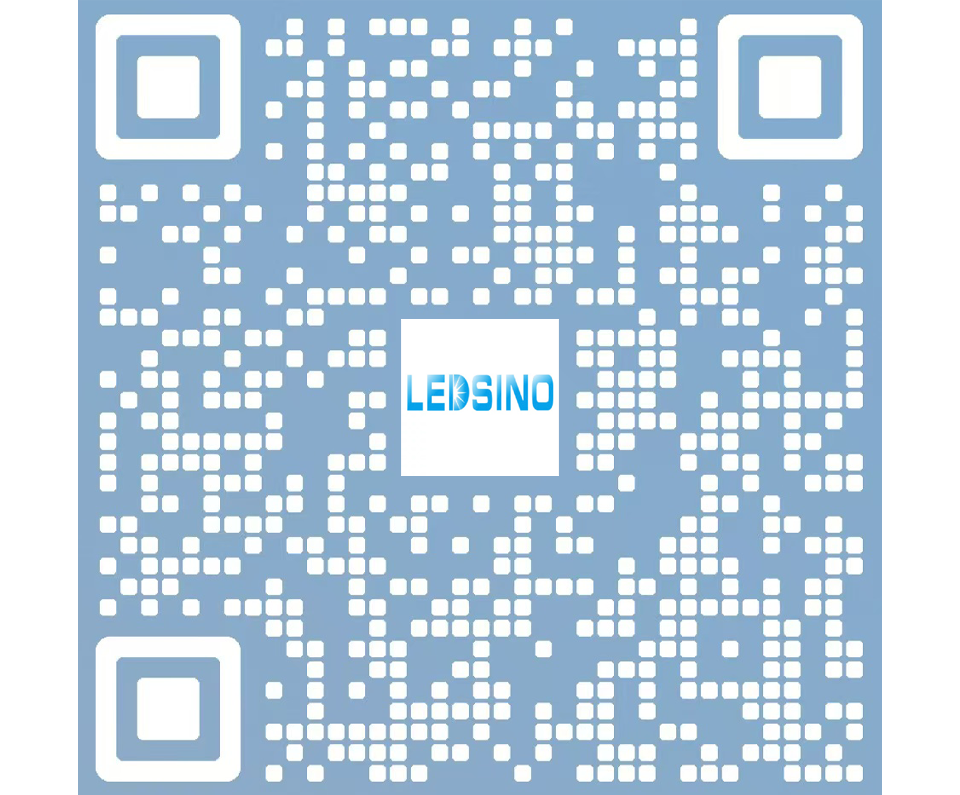
Enter the digital world with our advanced display technologies.

